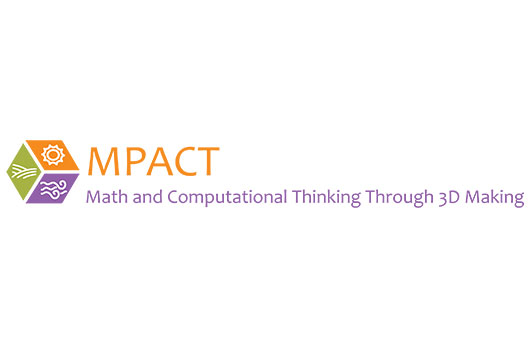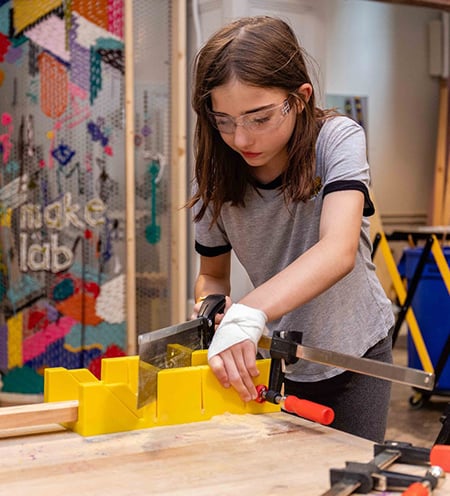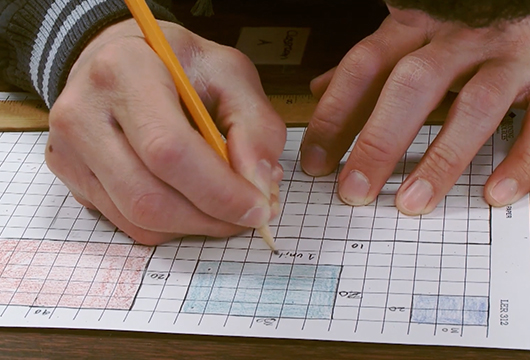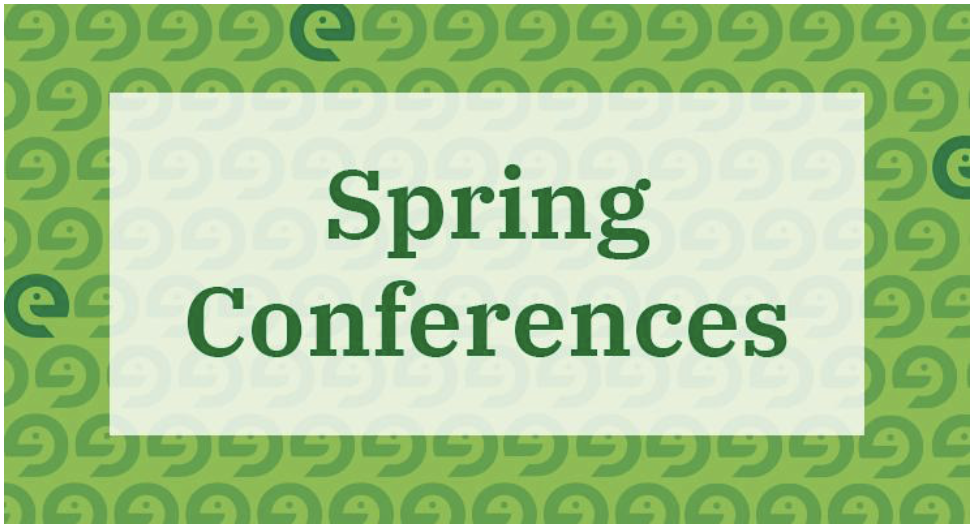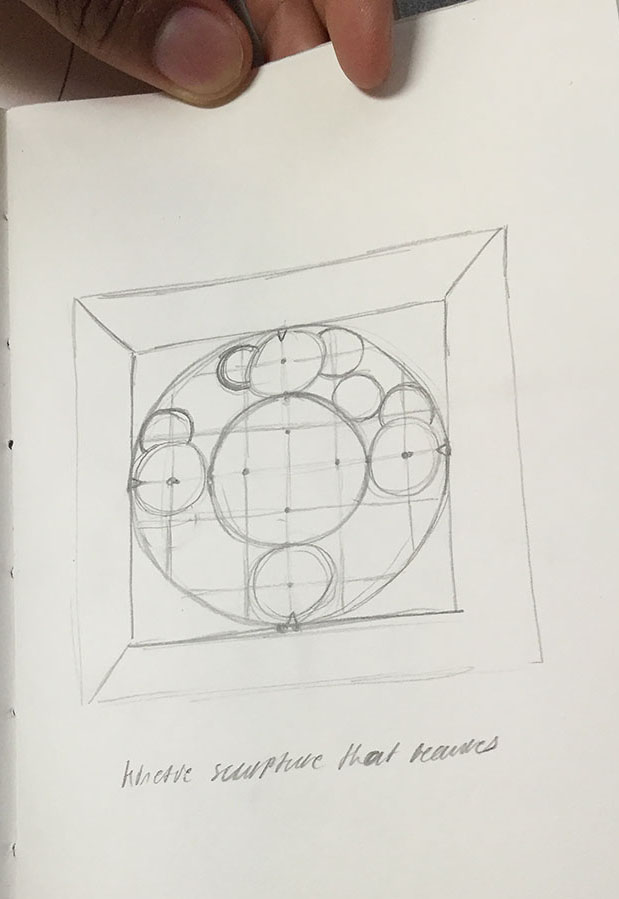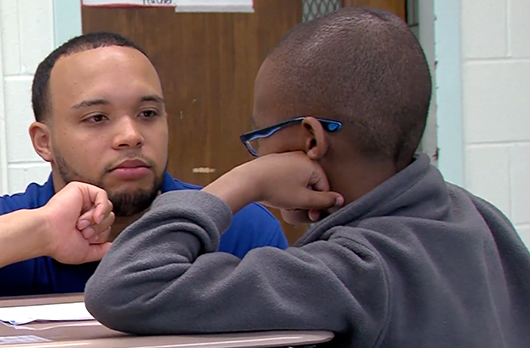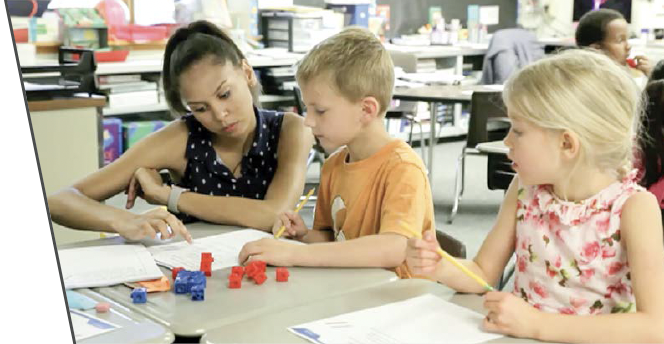TERC Blog
Making an Impact
TERC’s Open-Access MPACT (Math and Computational Thinking Through 3D Making) Curriculum
“MPACT [Math and Computational Thinking Through 3D Making] prepares kids for the future in every way because they’re working with each other, learning how to work as a team, talking through their reasoning,”
—Krysta Bradley, a co-design teacher on MPACT, about the curriculum she helped create.
Developed at TERC through an Education Innovation and Research program grant from the U.S. Department of Education, MPACT offers a hands-on, engaging, and fun way for students to learn math, computational thinking, and spatial reasoning concepts, coupled with maker skills. TERC team members recognized the potential for learning mathematics in students' drawing, modeling, and making real 3D objects—particularly 3D geometry and measurement. They saw that computational thinking and spatial reasoning have many overlaps with mathematics, with opportunities for learning through 3D modeling, especially for 3D printing.
MPACT's Units
MPACT's resulting four design-and-making units for Grades 4–7 were independently evaluated by SRI International. An assessment of content knowledge demonstrated statistically significant gains for students (Gagnon et al., 2023), as shown in the figure below.
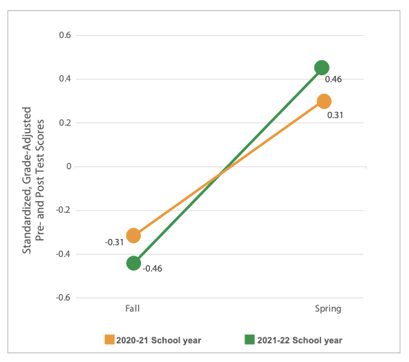
Each grade level includes three modules, with mini-maker experiences in Modules 1 and 2 to prepare students for a unique culminating project in Module 3.
Students move through the design cycle (shown below) in each of the modules. For example, in Module 3 of the Grade 5 curriculum, students make a toy with wheels for a younger child. In doing so, they:
- Learn about the needs of their user
- Create prototypes with scrap paper and tape
- Design wheels in Tinkercad™ (3D modeling program) and 3D print them
- Make the rest of the toy with inexpensive or upcycled materials Then they give the toy to the younger child and see if it's a fun toy to play with!
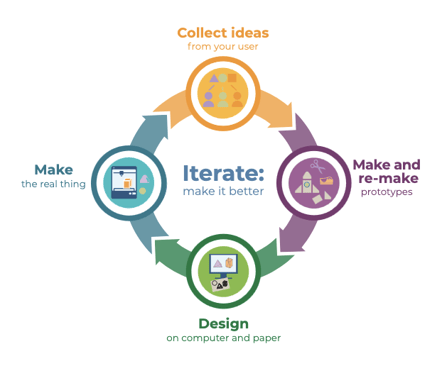
MPACT's Audience
Co-designed by elementary and middle school teachers, and piloted and refined with their feedback, MPACT has been used by general classroom teachers, math teachers, and STEM/ STEAM (Science, Technology, Engineering, [Arts], and Math) teachers. While most teachers have used the curriculum during the school day, it has also been implemented in afterschool programming. One teacher, who used MPACT for an afterschool 3D-printing club for 4th through 6th graders, reported that it was "very successful." MPACT units can be used as challenge problems outside of the grade level for which they were designed or as a way to reinforce concepts students may have learned previously.
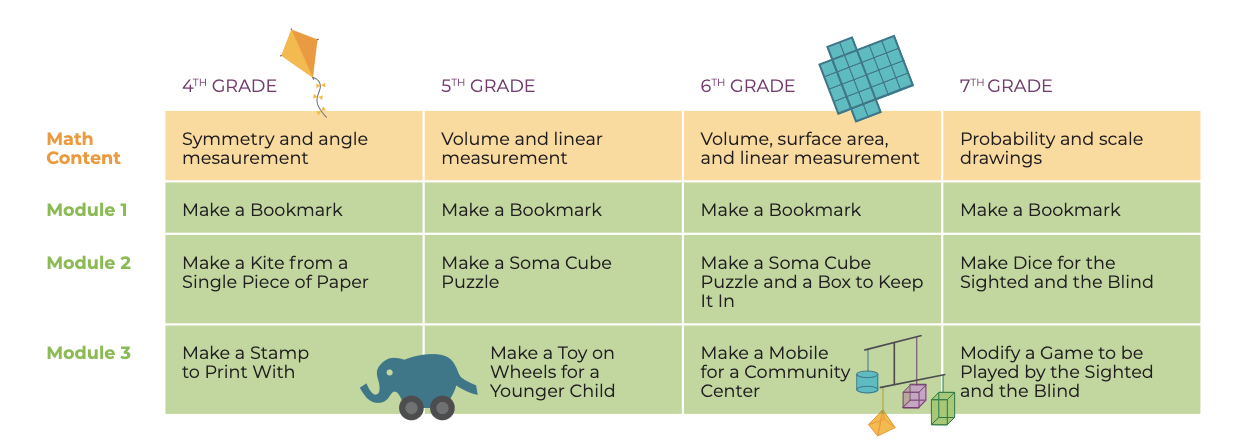
MPACT’s progression of lessons by grade level.
What Makes MPACT Distinctive
"I find that [MPACT] helps me incorporate the computer science standards and the twenty-first century skills that we're trying to teach our students—you know, the 4 'C's' (collaborating, creating, critical thinking, and creativity)— all those things that we want our students doing. I'm all about integrating as much as I can into my units. And this program does that. They are talking, they are listening, they are speaking, they are reading. So it's a unit where you can hit multiple standards. And the kids love it."
–MPACT TEACHER
MPACT units offer a great deal of flexibility in terms of how much time they might require, whether they are high- or lowtech, and the concepts on which a teacher might want to focus. The projects also incorporate social–emotional principles, including empathy, in designing for particular populations (such as a younger child when making a toy, or the visually impaired when designing dice). Importantly, MPACT's focus on spatial reasoning supports students in learning a skill not often taught. Krysta Bradley notes, "I learned through MPACT that it [spatial reasoning] is something that can be taught. And my students come to me struggling with it. So, it was one way for me to help them overcome that barrier in mathematics.”
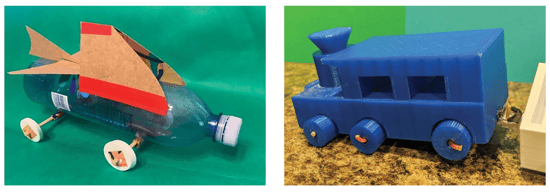
Student projects for Grade 5 Module 3: Make a toy on wheels for a younger child.
Research shows that the ability to reason spatially is not a fixed characteristic of individuals: spatial skills can be learned (Uttal & Cohen, 2012). MPACT supports development of spatial reasoning throughout the modules, by presenting students with spatial-reasoning problems. For example, in the Grade 5 unit on making a cube puzzle with seven unique pieces (Soma cube puzzle), students are challenged to put together a prototype of the puzzle using linking cubes, and then to design the pieces in a student-friendly 3D digital design tool (Tinkercad), in order to 3D print them. In doing so, students transition from physically rotating the pieces to using mental rotation—one of the key skills needed for success in many STEM fields.
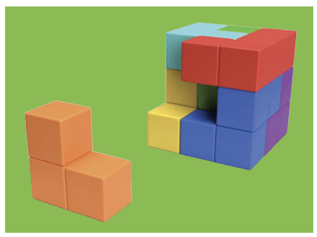
This cube puzzle can help students gain spatial reasoning skills.
Spatial reasoning is also key in the learning progression that MPACT uses to help students develop a rich understanding of measurement of 3D space—volume. Students' first understandings about volume typically develop in early childhood (Piaget & Inhelder, 1974). By 4th grade, they are typically measuring volume with units such as cups, pints, and liters—units they can count (or consider fractions of ). Then, often in 5th grade, they are asked to measure the volume of rectangular prisms based on three linear measures—height, width, and length.
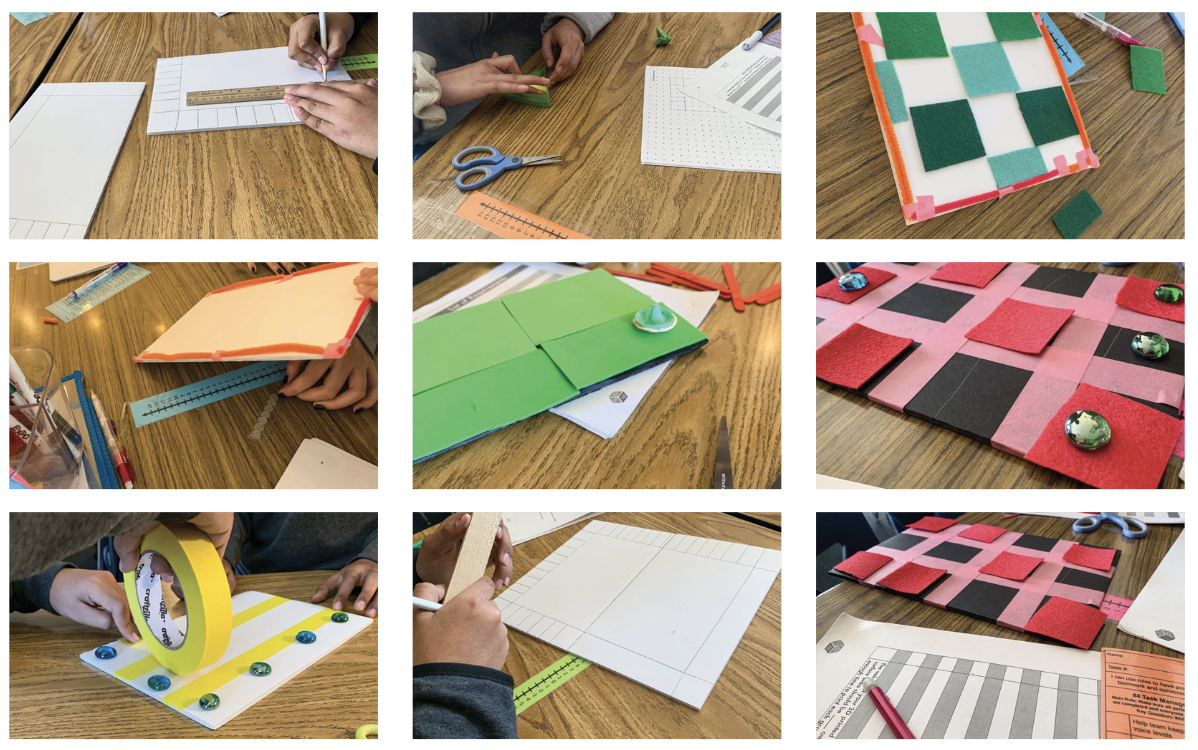
Students working on Grade 7 Module 3: Modify a Game to be Played by the Sighted and the Blind.
MPACT follows a well-researched learning progression for developing a deeper understanding of the formula for volume in terms of those three measures (Battista, 2007). But MPACT adds to that learning progression with guidance for using the 3D digital modeling tool to create and manipulate shapes composed of configurations of unit cubes, complementing the traditional learning progression, which uses physical blocks alone.
MPACT Materials Available Now
MPACT materials launched August 10, 2023, at a release party. (Watch clips here.)
All units—including teacher notes, student work pages, and presentation slides—are now available for download and adaptation, with a Creative Commons license. This open license means anyone is free to share, improve, and build upon the lessons. MPACT developers would love to hear how users make these lessons their own. Feel free to share your experiences or edited lessons with them at mpact_info@terc.edu.
The MPACT website (https://www.terc.edu/mpact3d/) also contains resources for teaching the units, including 3D making tutorials and activities, and low-tech modules that do not require use of a 3D printer.
The MPACT team can provide professional learning experiences remotely or in person. For further details, contact the team at mpact_info@terc.edu.
Authors
Elise Levin-Güracar (she/her)
Elise Levin-Güracar is a math educator and researcher at TERC. She is MPACT's teacher liaison and social media lead. She studied education, public policy, and sociology at the University of California at Berkeley, and received her secondary math teaching credential after student teaching with a 7th-grade class. She continues to teach math to third- through eleventh-graders. As a maker, she enjoys gardening, playing with acrylic paint, and learning new crafts (most recently ceramics and water marbling).
Jennifer Knudsen (Ms./she/her)
TERC MPACT director Jennifer Knudsen is an educator whose experience is at the intersection of research and design. She has led the development of ground-breaking project- and problembased middle-school mathematics and interdisciplinary curricula, often with integrated technology. As the principal investigator of a series of design-and-research projects with innovative professional learning models, she has experimented with improvisational games for setting mathematical norms. As a mathematics and computer-science teacher in New York City Public Schools, she brought activities from gifted-and-talented programs to students in "remedial" classes and wrote a problemsolving curriculum for aspiring engineers. Each of these projects focused on educational equity for youth from marginalized communities. Knudsen learned to love mathematics at Evergreen State College, where she received an interdisciplinary BA degree. Her focus as a maker is on arts and crafts—watercolor, collage, and, recently, slow stitching.
The contents of the MPACT curriculum were developed under a grant from the Department of Education. However, those contents do not necessarily represent the policy of the Department of Education, and you should not assume endorsement by the Federal Government.
References
Battista, M. T. (2007). The development of geometric and spatial thinking. In F. K. Lester, Jr. (Ed.), Second handbook of research on mathematics teaching and learning (pp. 843–908). Information Age Publishing.
Gagnon, D. J., Joshi, E., Arshan, N., Rulifson, E., Levin- Güracar, E., & Tiruke, T. (2023). Mathematics, 3D Printing, and Computational Thinking Through Work-Based Learning (MPACT): An Education Innovation and Research (EIR) Grant evaluation. Technical Report. SRI International.
Piaget, J., & Inhelder, B. (1974). The child's construction of quantities: Conservation and atomism (Vol. 2). Psychology Press.
Uttal, D. H.,& Cohen, C. A. (2012). Spatial Thinking and STEM Education. When, Why, and How? Psychology of Learning and Motivation—Advances in Research and Theory, 57, 147–181. This cube puzzle can help students gain spatial reasoning skills.

